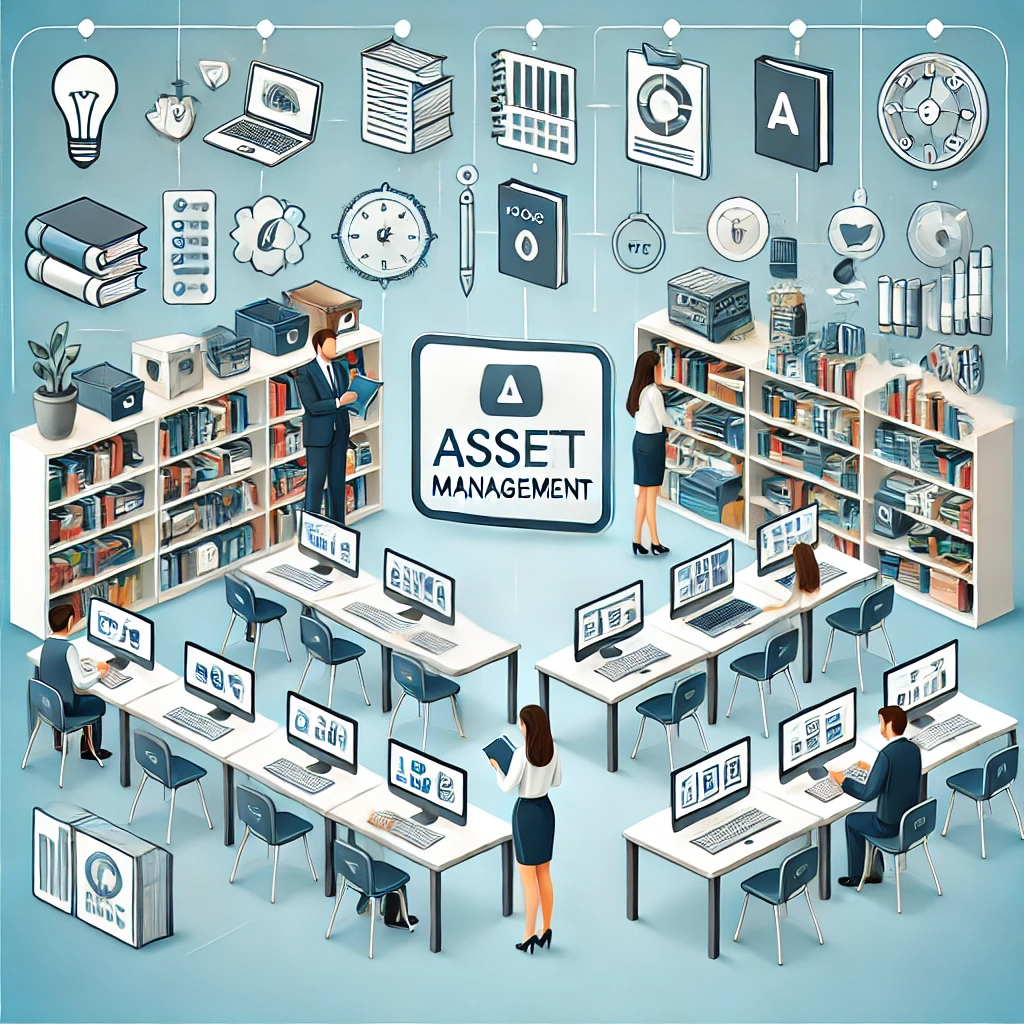Education Asset Management Guide
Efficiently managing assets is a cornerstone of success for educational institutions. Schools and universities handle a wide range of resources, from classroom equipment and IT infrastructure to textbooks and facilities. Mismanagement of these assets can lead to unnecessary costs, inefficiency, and frustration. But how can schools streamline their processes and make the most of their resources? This guide provides a comprehensive roadmap for mastering education asset management and ensuring every resource is put to good use.
Understanding Education Asset Management
Education asset management involves tracking, maintaining, and optimizing the use of all physical and digital resources within a learning institution. From technology like laptops and projectors to facilities such as science labs and libraries, every item plays a role in the smooth functioning of a school or university. Without proper oversight, these assets can become liabilities—leading to financial waste or operational challenges.
Think of education asset management as orchestrating a symphony. Each instrument (or asset) must be in perfect harmony to produce an exceptional performance. Similarly, schools need precise coordination to ensure that every resource is accounted for, maintained, and utilized effectively.
Why Education Asset Management Matters
Schools are under constant pressure to deliver quality education while staying within budget. Asset management helps institutions achieve this balance. Here’s why it matters:
- Cost Savings: By tracking and maintaining assets, schools can avoid unnecessary purchases and extend the lifespan of existing equipment.
- Operational Efficiency: When resources are easy to locate and deploy, staff can focus on teaching rather than searching for missing items.
- Compliance and Accountability: Educational institutions often need to meet regulatory requirements for funding and audits. Proper asset management ensures compliance.
- Enhanced Learning Environment: Well-maintained and accessible resources create a better learning experience for students.
Without an organized approach, schools risk overspending or underutilizing resources, which directly impacts their ability to provide quality education.
Steps to Implement an Education Asset Management System
Implementing a robust education asset management system doesn’t have to be overwhelming. Follow these steps to streamline your processes:
- Inventory Your Assets
Begin by cataloging every asset within your institution. Include details such as location, condition, and purchase date. This baseline inventory will be the foundation for all future management efforts. - Set Up Asset Tracking
Utilize asset tags or barcodes to make tracking easy and efficient. Modern tools allow you to scan assets and update their status in real-time. - Establish Maintenance Schedules
Regular maintenance is key to extending the lifespan of school resources. Schedule routine checks for critical assets like computers and lab equipment. - Implement an Asset Management Software
Manual processes can be tedious and error-prone. Investing in an education asset management tool can automate tracking, scheduling, and reporting, saving time and effort. - Train Staff and Students
Everyone involved in using or managing assets should understand their responsibilities. Conduct training sessions to ensure proper use and care of resources. - Monitor and Optimize
Continuously review asset performance and make data-driven decisions to optimize usage. Retire or replace outdated items and invest in resources that provide the most value.
Challenges Schools Face with Asset Management
Even with a solid plan, schools often encounter challenges in managing their assets effectively. Some of the most common obstacles include:
- Limited Budgets: Many educational institutions struggle with funding constraints, making it difficult to invest in advanced tools or replace aging assets.
- Inefficient Processes: Relying on manual methods like spreadsheets can lead to errors and inefficiencies.
- High Turnover Rates: With frequent staff changes, maintaining consistency in asset management practices can be challenging.
- Resource Misuse: Without proper tracking, assets may be misused or lost, leading to unnecessary expenses.
Addressing these challenges requires a proactive approach and a commitment to continuous improvement.
Benefits of Modern Asset Management Tools
Leveraging modern asset management tools can transform the way schools operate. Here’s how:
- Real-Time Tracking: Schools can instantly locate assets, saving time and reducing frustration.
- Automated Workflows: Scheduling maintenance or generating reports becomes effortless, freeing up staff for more critical tasks.
- Data Insights: Detailed analytics allow administrators to make informed decisions about resource allocation and purchasing.
- Scalability: As schools grow, asset management tools can easily adapt to handle additional resources.
For example, education asset management software streamlines the entire process, ensuring that resources are not only well-tracked but also optimized for maximum impact.
Conclusion
Education asset management is more than just tracking items—it’s about creating a system that supports learning, reduces waste, and maximizes efficiency. By implementing a structured approach and leveraging modern tools, schools can transform their operations and focus on what truly matters: providing an exceptional education.
Take the first step towards better asset management by exploring advanced solutions tailored for schools. With the right strategies and tools in place, your institution can achieve new levels of efficiency and effectiveness.




